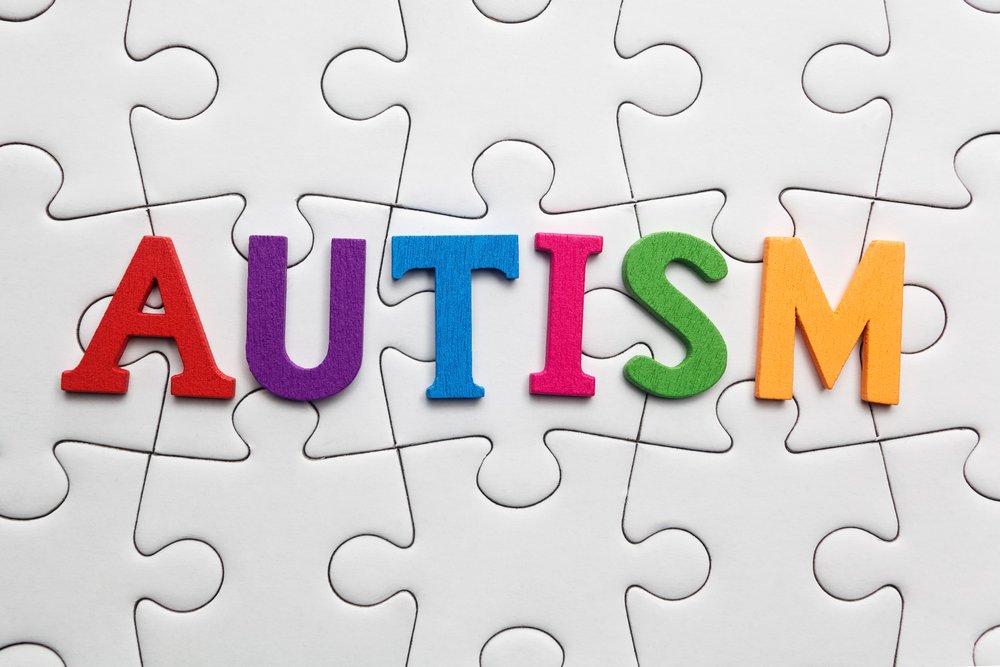Cerebral Palsy May Share Genetic Factors with Autism, Study Suggests

Abnormal gene expression linked to cell signaling and immune pathways may contribute to clinical diverse cases of cerebral palsy. Importantly, this genetic deregulation is common to both cerebral palsy and autism.
The study “Analysis of 182 cerebral palsy transcriptomes points to dysregulation of trophic signalling pathways and overlap with autism” was published in the journal Translational Psychiatry.
“Cerebral palsy is the most common motor disability of childhood with a frequency of around two in every 1,000 live births,” study first author Clare van Eyk, postdoctoral research fellow at Adelaide Medical School, University of Adelaide, Australia, said in a press release.
“We know that, like autism, it’s a disorder of brain development primarily during pregnancy. But the underlying causes of cerebral palsy are still poorly understood,” van Eyk said. Now, these findings add evidence to the growing hypothesis that cerebral palsy may have underlying genetic causes.
Researchers analyzed gene profiles of blood-cells from 182 clinically diverse cerebral palsy cases from the Australian Collaborative Cerebral Palsy Research Group Cerebral Palsy Biobank. Twenty samples from unaffected children were used as controls.
The analysis revealed differences in the expression of 387 genes in cerebral palsy samples: 263 genes were expressed at lower levels, while 124 genes were expressed at higher levels, than those observed in control samples.
Genes present at lower levels were involved in cell signaling processes, while those present at higher levels were involved in immune responses, suggesting a potential increased susceptibility to brain damage during pregnancy or early post-birth life, researchers hypothesized.
The results were compared with lists of genes associated with other neurodevelopmental and movement disorders and a “modest but significant” link to genes involved in autism was found. No significant enrichment was found for genes associated with schizophrenia, epilepsy or movement disorders.
“The neurological or signaling pathways being disrupted in children with cerebral palsy overlap with those disruptions seen in autism,” said van Eyk. “This supports a common biological change in both cerebral palsy and autism. Autism and cerebral palsy do sometimes co-exist, which further underlines common causation in some individuals,” she added.
These data, together with previous DNA analysis, point to a genetic contribution in 25 percent of all cerebral palsy cases, and may provide the basis for “[prioritizing] genes for further investigation in future genomic and functional studies,” researchers wrote.
“This research continues to refute the historical assumption that cerebral palsy is often due to difficulties at birth,” said professor emeritus Alistair MacLennan, leader of the Cerebral Palsy Research Group, University of Adelaide.


